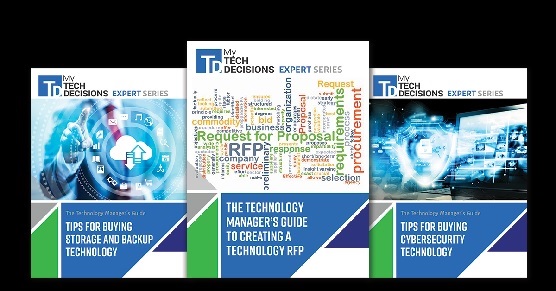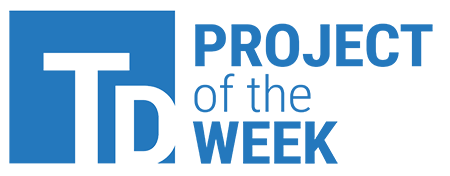Many of us have a wonderful image of summer as a carefree, happy time spent where “kids can be kids”; we take for granted the prospect of enriching experiences such as summer camps, time with family, and trips to museums, parks and libraries. Unfortunately, there are a number of young students who face summer months that are anything but idyllic. When the school doors close at the end of the school year, these children struggle to access educational opportunities as well as basic needs such as healthy meals and adequate adult supervision.
The result is often referred to as “seasonal brain drain” or “summer learning loss.” As most educators know, it’s a pretty common occurrence among children when they return to school after summer vacation. In fact, statistics show that over the summer break, most students lose the equivalent of one to nearly three months of learning. Having this amount of knowledge erased from children’s minds leads to an academic setback that can take weeks, and in some cases months, to remedy after the school bell rings in the fall.
The effects of summer learning loss are both well documented and devastating. In the case of at-risk students, this backsliding is more dramatic and is a significant contributor to the achievement gap. So, last summer, my team of 32 dedicated teachers and assistant teachers orchestrated a program with a focus on boosting the academic development of 500 at-risk students in grades 3–8 from 24 of our district’s lowest performing Title I schools.
We did this through our aptly named “5th Quarter Innovation Zone Summer Program.” The program ran for 80 hours over four weeks. Full breakfast and lunch was provided daily, and we held four classes: reading, writing, mathematics, and a special area rotation. The special areas included everything from art, physical education, environmental studies, readers’ theatre and drum playing.
None of these students were designated as needing specific individualized education programs (IEP), each student did require intensive and targeted instruction to address individual deficiencies in mathematics, reading, or writing to advance to the next grade level.
The 5th Quarter Innovation Zone Summer Program focused on closing the achievement gaps of our students, engaging them in successful reading experiences and demonstrating the impact of innovative summer academic programs. Everything we did was designed to build a sense of confidence in our students and a shared responsibility among the staff to provide the best resources and support to help those students. Our focus was a strong curriculum and good teaching coupled with plenty of literacy activities – purposeful reading as well as writing and discussion. We wanted to make sure all the students were properly challenged and engaged in rigorous instructional activities that matched the requirements of state assessments.
When it came to our elementary students, we selected a technology-based reading program for students of all abilities in pre-kindergarten through grade five. The program, Lexia Reading Core5, is designed to accelerate fundamental literacy skills by addressing all strands of reading with 18 levels of age-appropriate, skill-specific activities. All activities are aligned to the most rigorous state standards. Equally important to us was that this program simplifies differentiated instruction, enabling at-risk students to close their personal reading gap more quickly and enjoy success more consistently through reading experiences specifically designed to meet each student at just the right level.
While in the dedicated 55-minute reading portion of the summer school day, our students progressed through three rotations: small group lessons, teacher-led instruction, seat work using the reading program on iPads. My staff liked how the program prescribed the number of minutes each student needed to be on the program to close their skill gap and progress towards meeting grade level requirements. It ensured that their students made progress very quickly.
The effectiveness of the reading effort was demonstrated by the outcomes: 441 students used the reading program and completed more than 40,000 units. Most students (416) used it for at least an hour a week, with about half using the program for over 90 minutes a week. In all, 266 students earned a certificate for completing a level and an additional 19 students earned two certificates. For 100 of those students, earning their certificate meant progressing to the next grade level of material in the reading program; for example, advancing from first grade skills to second grade skills.
The growth in our writing and math programs was also strong, with 77 percent of our third graders and 76 percent of our fourth graders increasing their writing scores by at least one grade level. In math, our third graders averaged a nearly 15 percent increase from pre-test to post-test scores while fifth graders averaged a nearly 29 percent increase.
There was even more good news — the learning wasn’t just done by our students. We now have a better understanding of the fact that summer education needs to be a community-wide commitment. Schools and communities need to ensure that there are quality programs like the 5th Quarter Innovation Zone available to all students, no matter their socioeconomic status.
Public agencies, community organizations, and local schools and universities need to join forces in an effort to address summer learning loss. With a collaborative effort, the quality and accessibility of programs will increase and students will see the direct benefit when school is back in session in the fall. Everything we used, from tech tools to the wide variety of other special activities, was about extending student learning opportunities beyond the school classroom and closing skill deficiencies. And the results leave no doubt that the out-of-school-time strategies we employed have had positive effects on the achievement of low-achieving and at-risk students.
If you enjoyed this article and want to receive more valuable industry content like this, click here to sign up for our digital newsletters!










Leave a Reply